Views : 1221
Author : Lina
Update time : 2022-08-05 17:01:06
How do you measure what is truly eco-friendly? Rivta seeks to be eco-friendly by recycling.
As a producer of sustainable packaging, it's really reassuring to see raw material suppliers evolve their business models to include advanced recycling as part of their push to 'recycle' as much plastic as possible. I've spent a lot of time adding recycling options. Such as recycled plastic, recycled nylon, recycled PVB, etc.
I think the benefits of recycling are even greater, it reuses valuable resources, reduces greenhouse gas emissions, and other sustainability benefits. But a lot of times, the discussion about recycling turns into a black-and-white debate: Either it's recyclable or it's not environmentally friendly. As much as I value recycling, we occasionally need to step back and ask ourselves: Is recycling the only measure of sustainability?
The answer is of course no.
The level of recycling should be: reduce, reuse, recycle. This hierarchy is designed to improve environmental sustainability, meeting our own needs without compromising the ability of future generations to meet their own needs. Environmental sustainability goes beyond recycling cans and bottles. It includes energy and natural resource use, air/water emissions, climate change, waste generation, etc.
As a manufacturing company, we typically have discussions around materials, packaging and products. In general, reduce the consumption of non-renewable energy and natural resources, reduce the emission of waste gas and waste water, and have no harmful impact on the climate and the environment; reducing the generation of waste will be the yardstick for our research, development and promotion of sustainable development;
We also call on governments and experts to study the comparative benefits, resource use, resource efficiency and carbon impacts of plastics, textiles, wood, cash crops, paper and other materials. The study will cover the entire life cycle of a material - extraction, processing, transport, production, packaging, use, handling and recycling/recycling of raw materials.
Basically, a comprehensive measure of sustainability is very useful for our day-to-day business guidance. It can contribute to sustainable material stewardship programs; it can inform brands how to choose packaging and materials for products. Even consumers can better understand the science behind sustainability.
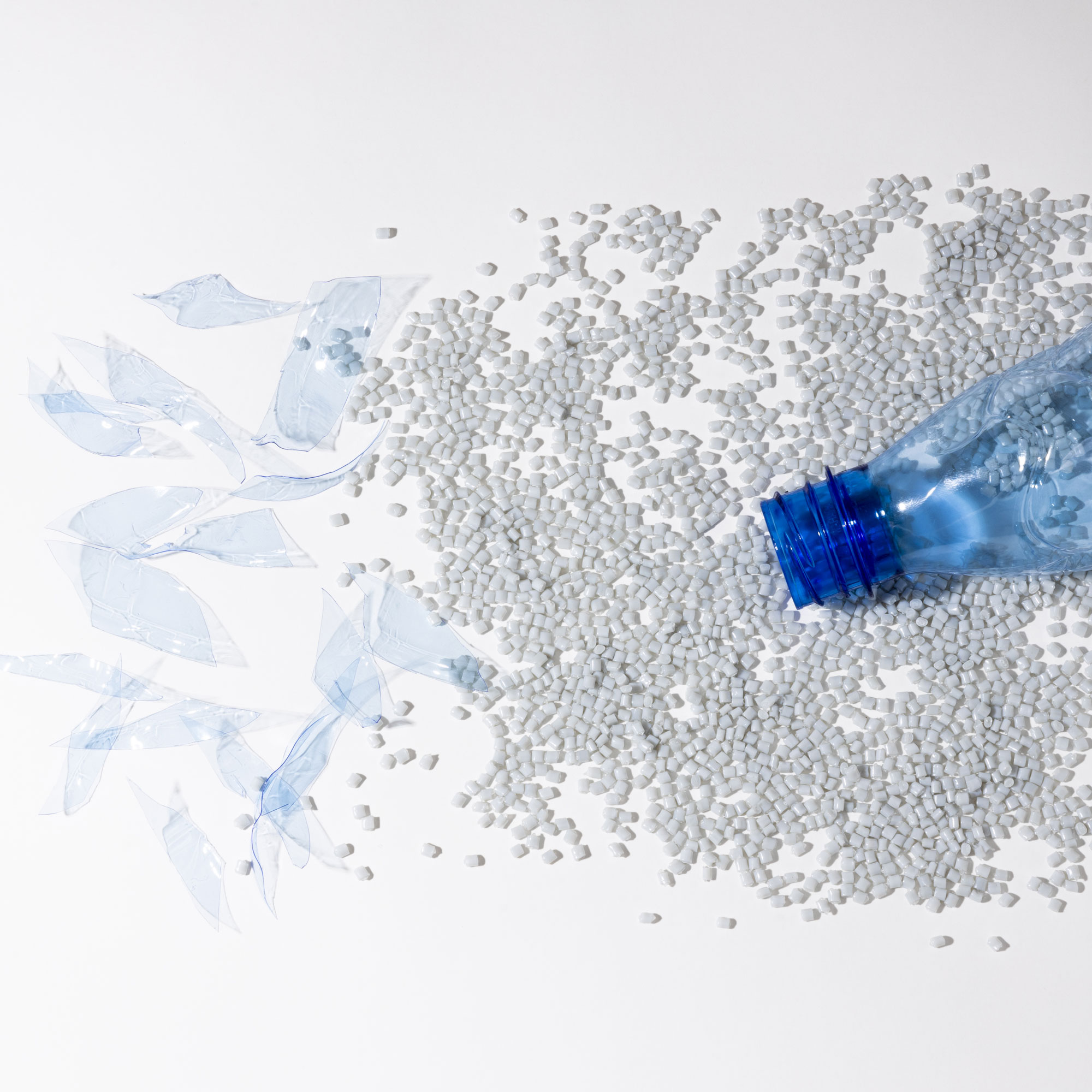
As a producer of sustainable packaging, it's really reassuring to see raw material suppliers evolve their business models to include advanced recycling as part of their push to 'recycle' as much plastic as possible. I've spent a lot of time adding recycling options. Such as recycled plastic, recycled nylon, recycled PVB, etc.
I think the benefits of recycling are even greater, it reuses valuable resources, reduces greenhouse gas emissions, and other sustainability benefits. But a lot of times, the discussion about recycling turns into a black-and-white debate: Either it's recyclable or it's not environmentally friendly. As much as I value recycling, we occasionally need to step back and ask ourselves: Is recycling the only measure of sustainability?
The answer is of course no.
The level of recycling should be: reduce, reuse, recycle. This hierarchy is designed to improve environmental sustainability, meeting our own needs without compromising the ability of future generations to meet their own needs. Environmental sustainability goes beyond recycling cans and bottles. It includes energy and natural resource use, air/water emissions, climate change, waste generation, etc.
As a manufacturing company, we typically have discussions around materials, packaging and products. In general, reduce the consumption of non-renewable energy and natural resources, reduce the emission of waste gas and waste water, and have no harmful impact on the climate and the environment; reducing the generation of waste will be the yardstick for our research, development and promotion of sustainable development;
We also call on governments and experts to study the comparative benefits, resource use, resource efficiency and carbon impacts of plastics, textiles, wood, cash crops, paper and other materials. The study will cover the entire life cycle of a material - extraction, processing, transport, production, packaging, use, handling and recycling/recycling of raw materials.
Basically, a comprehensive measure of sustainability is very useful for our day-to-day business guidance. It can contribute to sustainable material stewardship programs; it can inform brands how to choose packaging and materials for products. Even consumers can better understand the science behind sustainability.

Related News
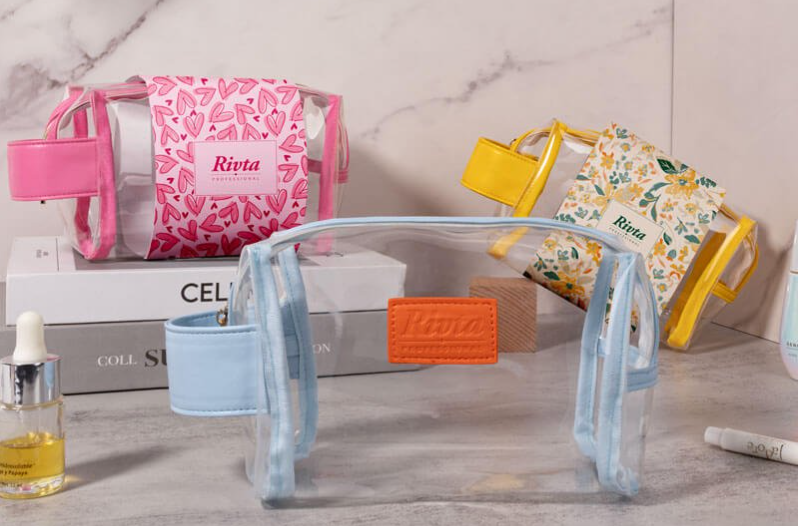
Is Your Cosmetic Bag Compliant? Navigating Prop 65 and REACH for PVC Products
Sep .09.2025
You are launching a PVC cosmetic bag. But you are worried about complex chemical regulations like Prop 65 and REACH, and the huge risks of getting it wrong.
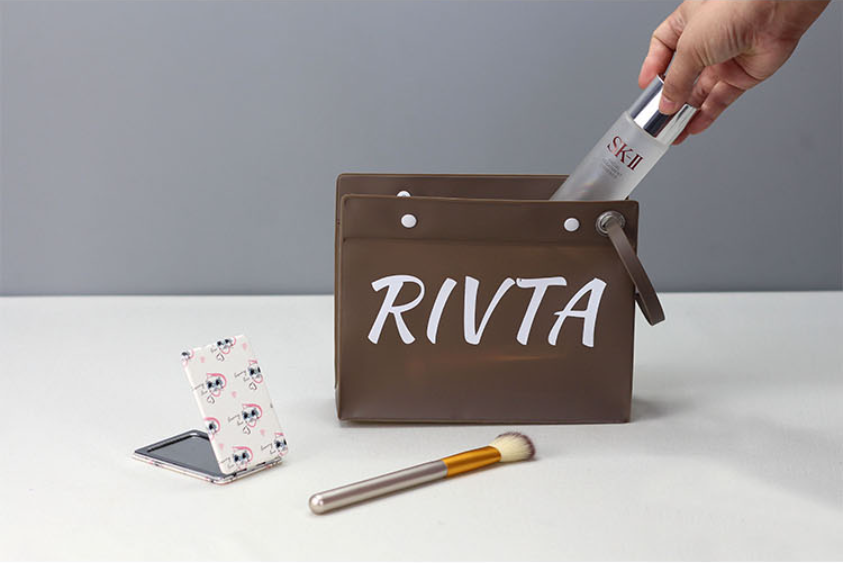
Sourcing Custom Printed PVC Cosmetic Bags: A B2B Guide
Sep .09.2025
Sourcing custom PVC bags can feel like a gamble. You worry if the quality will be right, if the colors will match, or if your delivery will be on time.
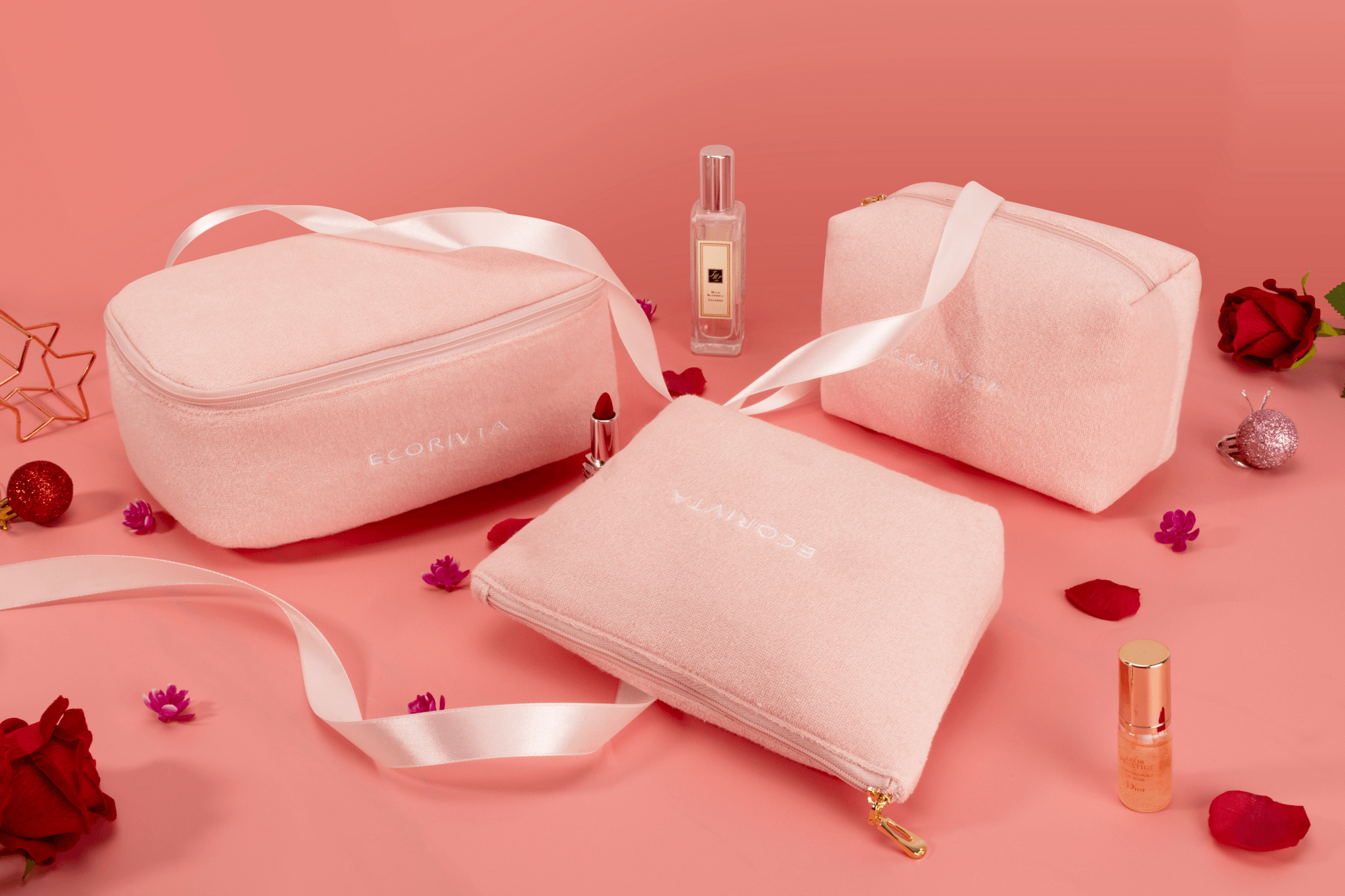
Material Selection in OEM: A Guide to Eco-Friendly Options for Your Cosmetic Bags
Sep .05.2025
Want to create eco-friendly bags but feel lost in all the material options? A wrong choice could mislead customers, hurting your brand's sustainable promise and wasting your investment.
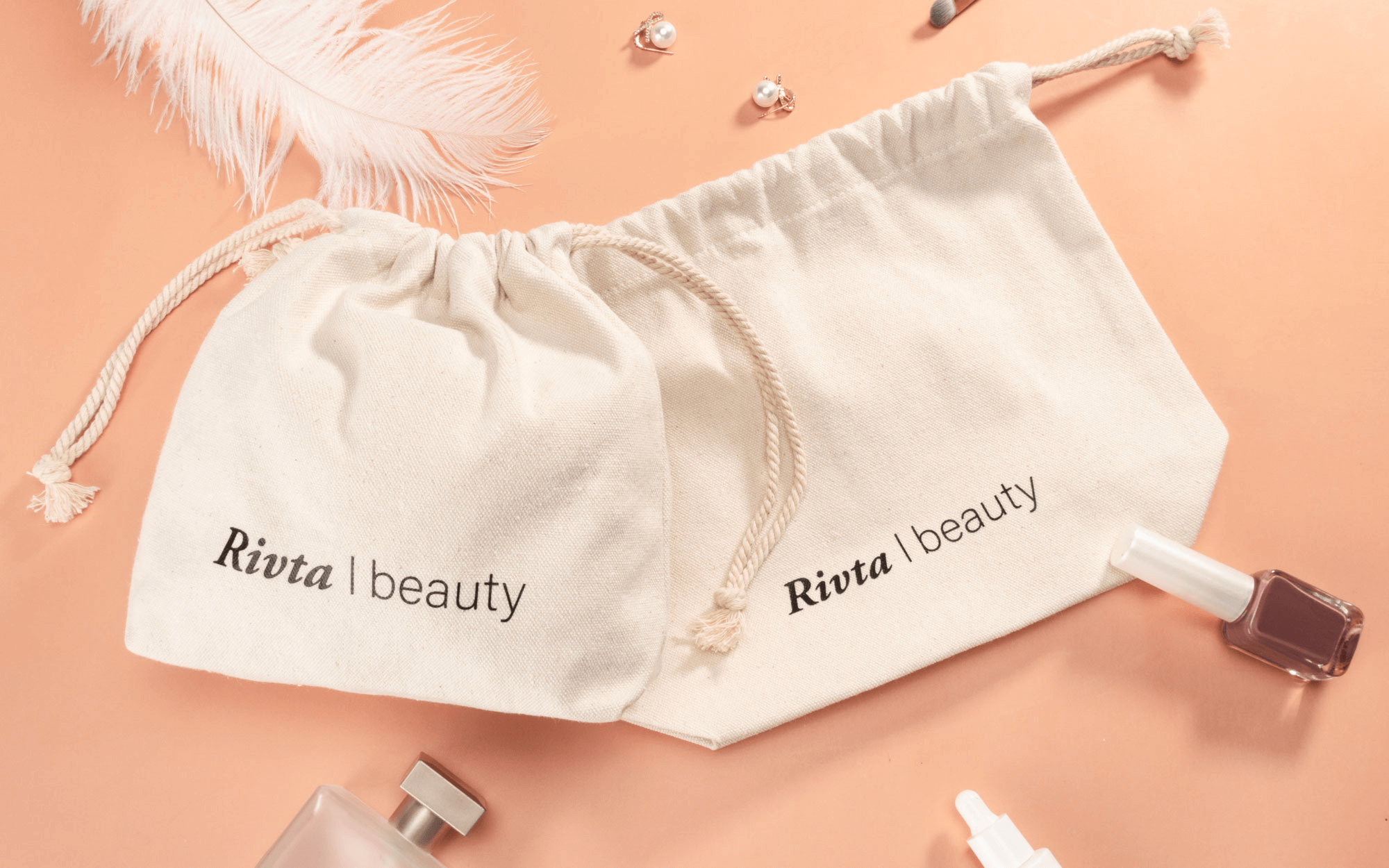
The Complete OEM Guide: How to Manufacture Custom Cosmetic Bags?
Sep .05.2025
Feeling overwhelmed by the idea of turning your design into a final product? The OEM manufacturing process seems full of technical terms and hidden steps, leaving your brilliant ideas stuck on paper.

















